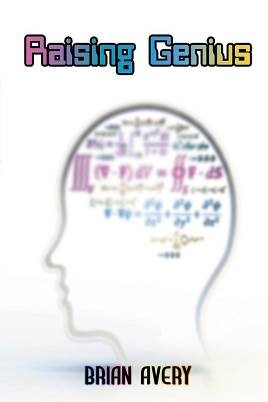



The first four groups of students included in the study ranged from the top 3 percent to the top 0.01 percent in their SAT scores. He also decided to track them throughout their lives, from school to higher education through to career development and beyond. It started off with 450 intelligent 12- to 14-year-olds from the Baltimore area, who were examined via the mathematics portion of the SAT.Īs Tom Clynes explains for Nature magazine, it became the first ever standardised academic 'talent search', and five years later, Stanley expanded the study to include more kids. Stanley from Johns Hopkins University, the Study of Mathematically Precocious Youth (SMPY) launched in March 1972. "The kids who test in the top 1 percent tend to become our eminent scientists and academics, our Fortune 500 CEOs and federal judges, senators, and billionaires." "Whether we like it or not, these people really do control our society," Jonathan Wai, a psychologist at the Duke University Talent Identification Program, said of the participants.


 0 kommentar(er)
0 kommentar(er)
